It goes like this. In the 1970s and '80s, the soul of product design was in the hands of two Germans. One was a minimalist who reduced products to seductive shells with their features rubbed smooth, and occasionally gave them nicknames like Snow White's Coffin. The other, far from hiding the technical nature of these products, revelled in it. His designs were black and boxy, they had sophisticated moving parts, and they wore their technicality on their sleeve. I refrain from telling Sapper that I picture one of these characters as design's Obi-Wan Kenobi and the other as its Darth Vader, because that would be mildly insulting.
It goes without saying that one of those visions was so successful that it became design dogma. Apple's reprisal of the Rams aesthetic turned Ulm-School minimalism, via Cupertino, into a global design orthodoxy, to the point that Apple's competitors are reduced to seeing how closely they can mimic its designs without being taken to court. If there was another way, a counter-orthodoxy, might it have been Sapper's?
Sapper is less priest-like than Rams, he has no ten commandments, there are very few books about his work and he remains low profile. But he has been prolific. In a career that spans six decades, he has designed everything from cars to computers, furniture to televisions and kettles to cheese graters. It is doubtful whether such diversity would even be possible today. He even designed the first completely plastic chair (a children's chair for Kartell, with Marco Zanuso in 1964). His best-known product, in terms of sheer ubiquity, is probably the IBM ThinkPad laptop, designed in 1995 during his tenure as the computer giant's chief design consultant, a position he still holds. Among design cognoscenti, however, it may be his radios and televisions for Brionvega, his whistling kettle for Alessi, or, most likely, the Tizio desk lamp for Artemide.
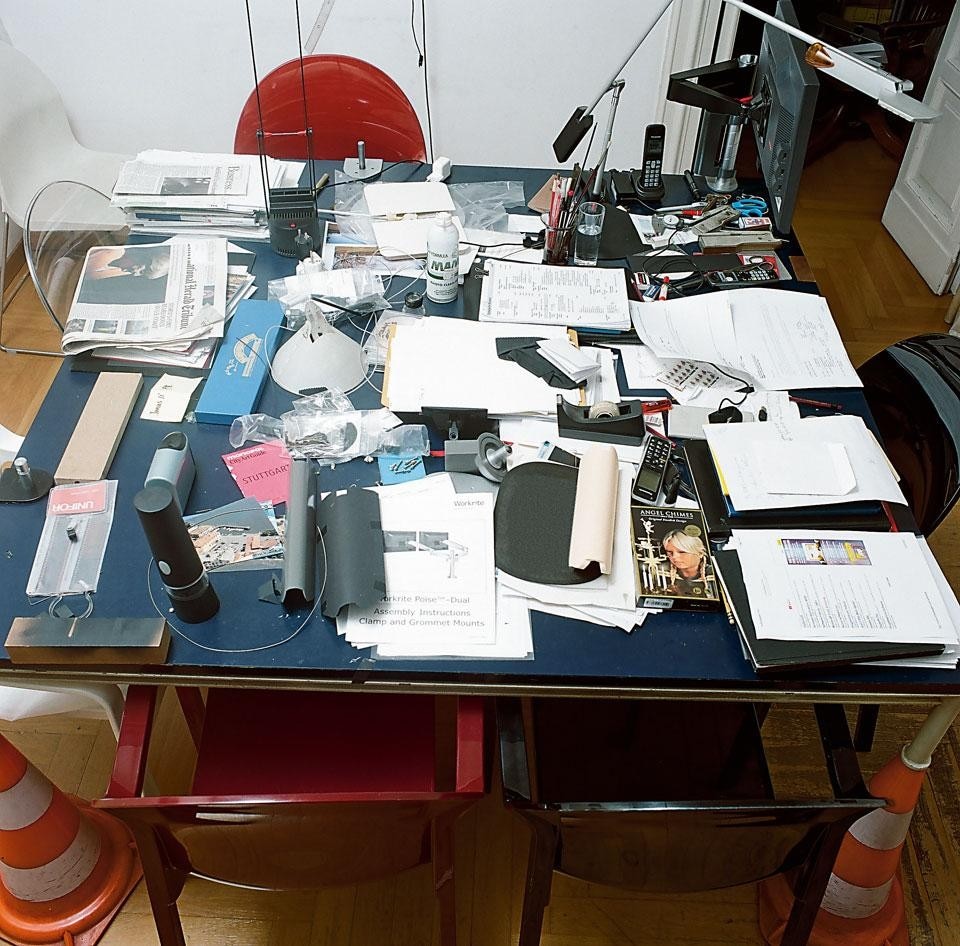
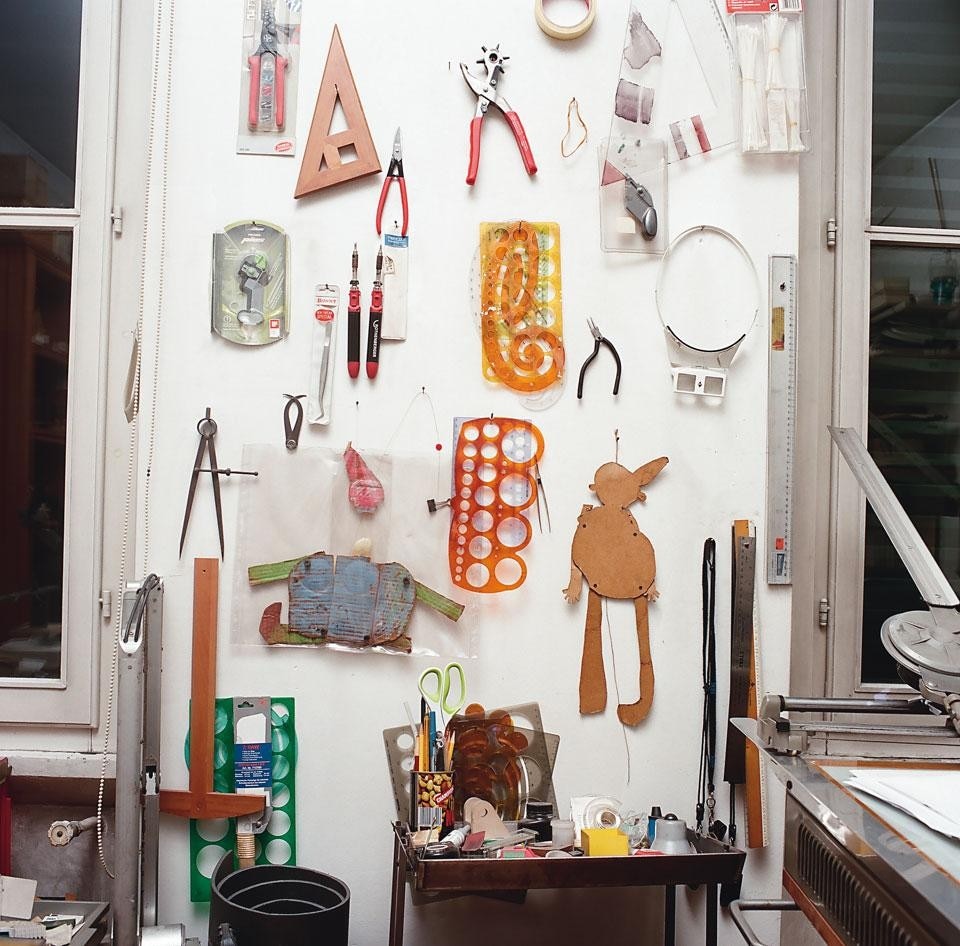
Story 1. The Sapper TM Chair was born of guilt. It was designed in 1970, around the same time that Sapper was consulting for Fiat. He'd proposed a concept car with plastic bumpers instead of metal ones, and though Fiat didn't produce the car, it did adopt the plastic bumper on all of its models, which meant that the factory in Turin producing its metal bumpers was going out of business. "I had ruined this factory, so I thought if I can use a similar technology to make the frame of an office chair, I could use that to make my Knoll chair," says Sapper. This no doubt accounts for the fact that the Sapper TM Chair looks like a car seat. It is undoubtedly a boardroom chair, but it has a boy-racer quality with its gear-stick armrests. That masculinity is present in all of his most distinctive designs.
In a career that spans six decades, he has designed everything from cars to computers, furniture to televisions and kettles to cheese graters. It is doubtful whether such diversity would even be possible today
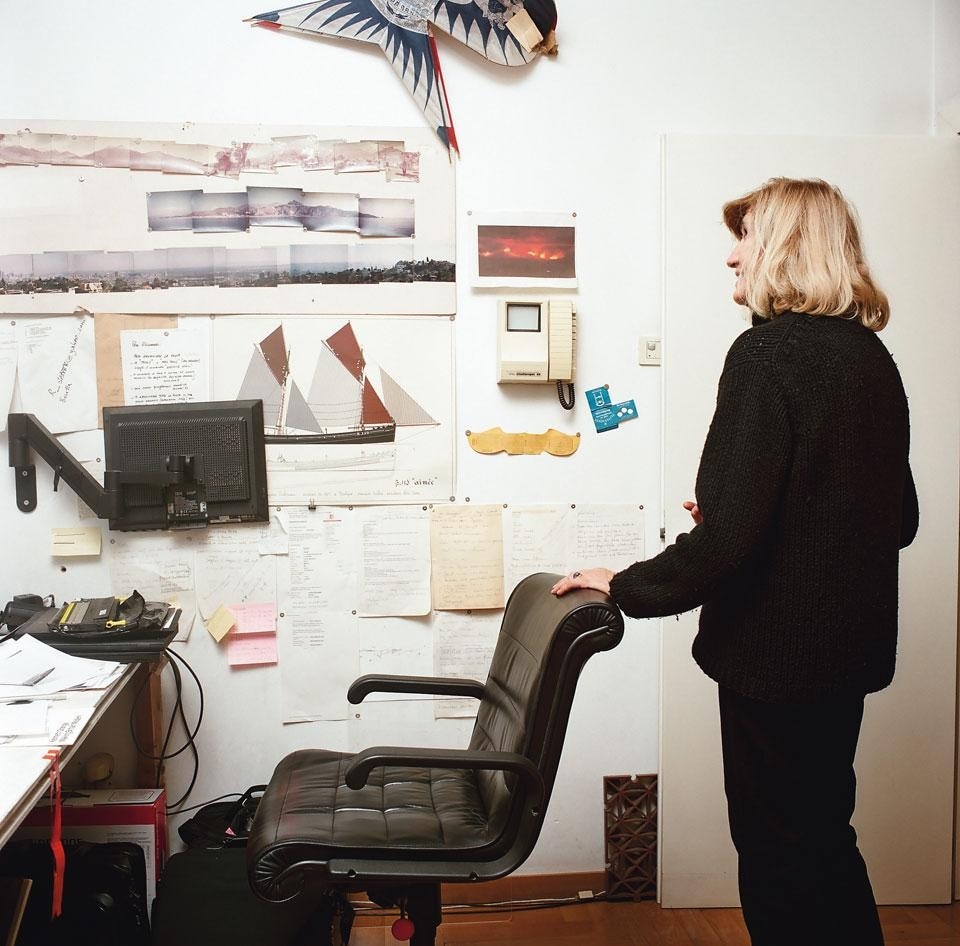
This was a far cry from the approachable sexiness of Rams's appliances for Braun. This was more inscrutable, more mysterious. Coming out one year after Kubrick's 2001 A Space Odyssey, the 201 evokes (intentionally or not) the movie's famous black monolith. Indeed, it foresees an era when the form of technological devices would reveal nothing about their function, an era when internal mechanisms might as well be magic and thus their shells might as well be devotional objects, an era that culminates in the black monolith of black monoliths, the iPhone 5.
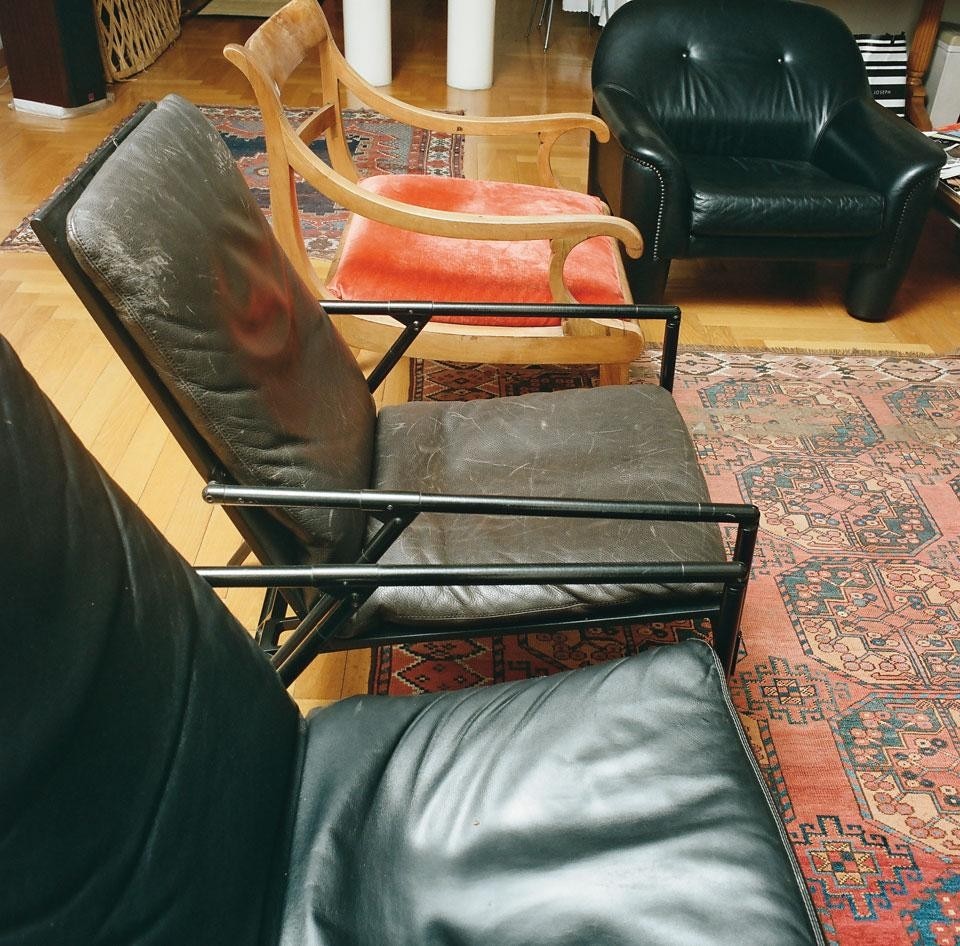
Sapper himself is something of a black box, this time in terms of the flight recorders salvaged from aeroplane crashes: the information has to be coaxed out of him, one story at a time. Story 2: The Thinkpad's TrackPoint button is a particular red. "ibm originally wanted it to be black, like the keyboard, but I said no, it has a different function than the keys, so let's give it a different colour." He chose the same red as the Tizio joints, but according to German industrial codes that red was reserved for emergency off switches. Sapper ignored that. They exhibited the ThinkPad at a trade fair in Hanover and the police came and confiscated it. He changed the red slightly. The ThinkPad is now manufactured by the Chinese brand Lenovo, for whom Sapper is also now an adviser, though he continues to consult for IBM on its mainframe computers. His long-standing role at IBM — where he follows in the footsteps of Eliot Noyes and Norman Bel Geddes — suggests he may actually know what's going on in those black boxes of his. It occurs to me that if IBM had become Apple, then Sapper would have become Rams.
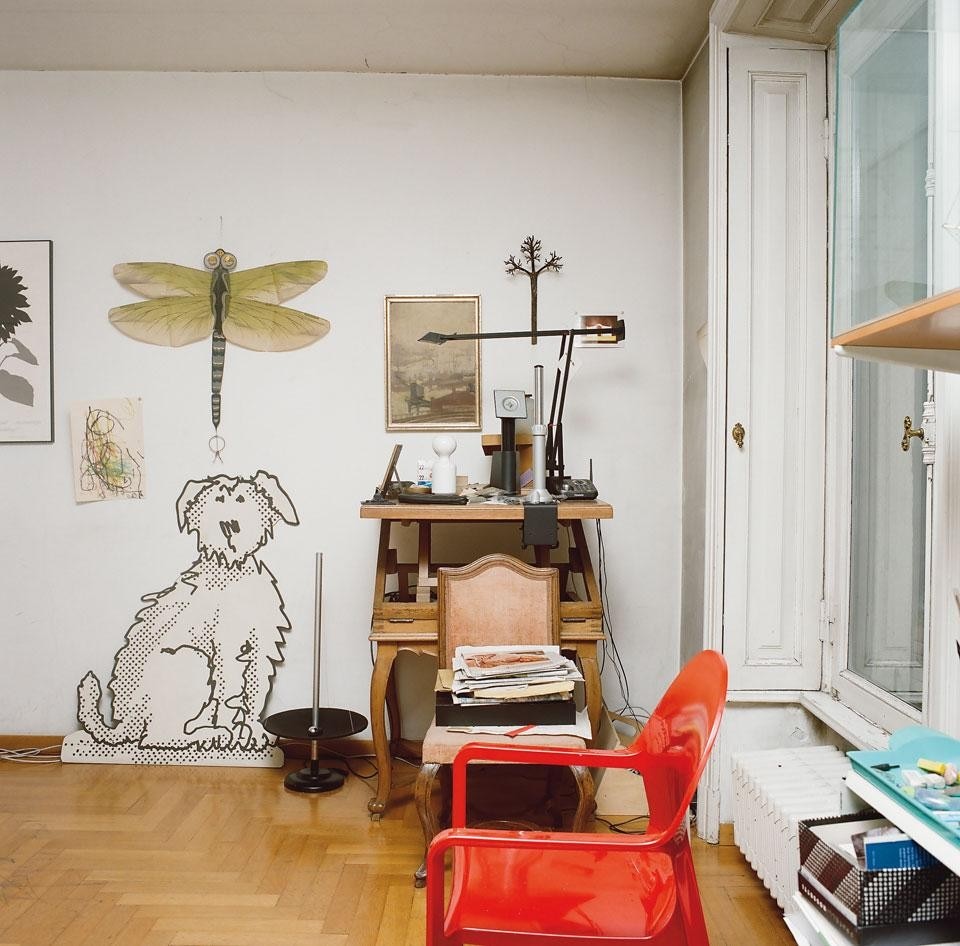
Beauty is something Sapper keeps coming back to. It surprises me, because the techno-machismo of his black boxes seems to operate on a different plane — it seems to be about more than just taste. In an age of over-consumption, is making things beautiful still enough anymore? "There are so many ugly products that sell wonderfully," he says. "Most automobiles are horrendous but they get bought nevertheless. Running shoes lately have taken a turn for the better, but two or three years ago they were the quintessence of ugliness!" He's right, he still has work to do. Justin McGuirk (@justinmcguirk), architecture and design critic




